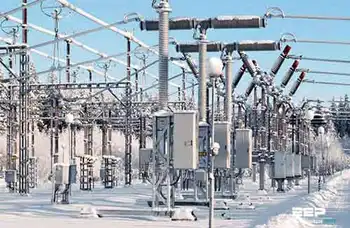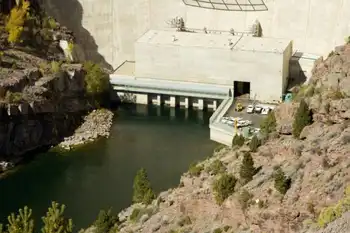Oman to invest $7.8B in water, power projects
By Industrial Info Resources
NFPA 70e Training
Our customized live online or in‑person group training can be delivered to your staff at your location.

- Live Online
- 6 hours Instructor-led
- Group Training Available
In an effort to meet the growing demand, the nation plans to invest more than $7.8 billion on water and power projects during the next six years. The government hopes that its plans to increase power generating and grid capacities will attract private investors and reduce the number of blackouts in the long run.
About 15 years ago, Muscat was the first Gulf Arab state to permit private investors to build power projects. In 2006, the nation had hoped to sell off all government stakes in power projects by 2009, but the plans could not be entirely implemented due to lack of sufficient interest.
Oman is now renewing efforts to implement the plan as the global economic crisis and falling oil prices have had a negative impact on the country's budget. According to Sheikh Abdulmalik al Hinai, Under Secretary at the Ministry of National Economy, private investments in the power sector will help the nation reduce the budget deficit.
Among the five proposed power projects in the pipeline are two gas-fired power projects at Barka and Sohar, each with a planned capacity of 650 MW. The government has invited bids for the two projects by mid-October, and both projects are slated to be completed by 2013. The projects involve the third phase of the Barka project and the second phase of the Sohar project.
A third gas-fired power project with a capacity of 420 MW will be set up in the Mirbat district in southern Oman. The project includes a 15 million-gallon water desalination plant, and the tender process for the entire project is nearing completion. The first phase of the project is scheduled to be completed by 2013.
Other plans include the addition of 500 MW of generating capacity to the existing plant at Ghubra by 2013, and the commissioning of Oman's first coal-fired power project with a capacity of 1,000 MW at Duqum by 2015.
In 2008, international accounting and professional services firm KPMG was hired to oversee the privatization of Oman Electricity Transmission Company SAOC, a state-owned company that owns and operates the nation's electricity grid. The grid privatization project is scheduled to be completed by the end of 2010.
So far, the private sector has invested more than $1.8 billion in the power sector and has set up power plants with a total generating capacity of about 2,500 MW. The largest international investor so far has been GDF Suez Energy International, which owns a small stake in the Sohar power plant. The firm also was the principal investor in United Power, Oman's first privately owned power plant. Other international investors include Britain's International Power plc, which has a large stake in the Al Kamil Power Company, and USA's AES Corporation, which owns the Barka power plant.
According to Naveen Kandukuri, Senior Manager for Transaction Advisory Services at Ernst & Young, the market in the Middle East is extremely competitive. In order to stand out from its Gulf Cooperation Council neighbors, Oman would be required to make large investments in the power sector. To attract industrial investment, a nation must provide a certain quality and quantity of infrastructure, and power is one of the most critical requirements.
Besides, with an existing capacity of 3,730 MW and a demand of 3,600 MW, the country is likely to reach a stage where demand outstrips capacity unless the proposed power projects are implemented soon.











